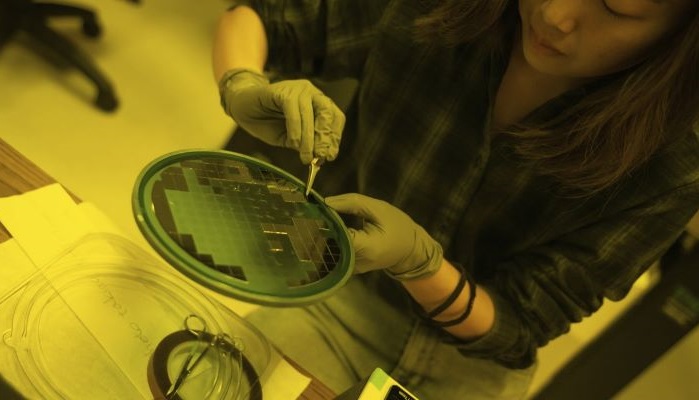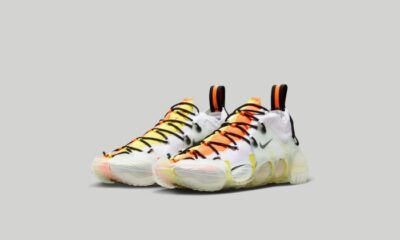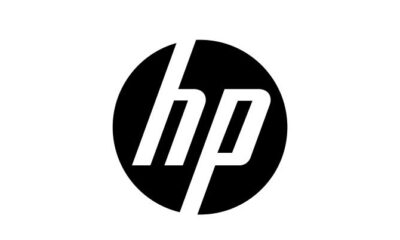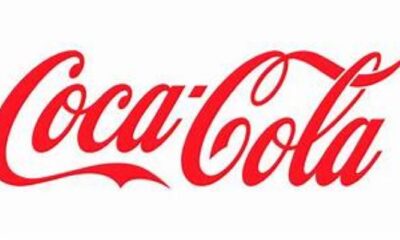Education
Technique for 3-D Printing Metals at the Nanoscale Reveals Surprise Benefit

Late last year, Caltech researchers revealed that they had developed a new fabrication technique for printing microsized metal parts containing features about as thick as three or four sheets of paper.
Now, the team has reinvented the technique to allow for printing objects a thousand times smaller: 150 nanometers, which is comparable to the size of a flu virus. In doing so, the team also discovered that the atomic arrangements within these objects are disordered, which would, at large scale, make these materials unusable because they would be considered weak and “low quality.” In the case of nanosized metal objects, however, this atomic-level mess has the opposite effect: these parts can be three-to-five-times stronger than similarly sized structures with more orderly atomic arrangements.
The work was conducted in the lab of Julia R. Greer, the Ruben F. and Donna Mettler Professor of Materials Science, Mechanics and Medical Engineering; and Fletcher Jones Foundation Director of the Kavli Nanoscience Institute. It is described in a paper appearing in the journal Nano Letters.
The new technique is similar to another announced by the team last year, but with each step of the process reimagined to work at the nanoscale. However, this presents an additional challenge: the manufactured objects are not visible to the naked eye or easily manipulatable.
The process starts with preparing a photosensitive “cocktail” that is largely comprised of a hydrogel, a kind of polymer that can absorb many times its own weight in water. This cocktail is then selectively hardened with a laser to build a 3-D scaffold in the same shape as the desired metal objects. In this research, those objects were a series of tiny pillars and nanolattices.
-

 Auto1 year ago
Auto1 year agoHonda Marine Debuts All-New BF350 Outboard Company’s First V8 Motor Available Commercially, Flagship Model Offers Premium Power and Unparalleled Performance for Extraordinary Boating Experiences
-

 Lifestyle1 year ago
Lifestyle1 year ago2023 Nike World Basketball Festival Brings the Best of Basketball Style, Culture and Community
-

 Auto1 year ago
Auto1 year agoNew Features Further Increase Desirability Of Bentayga Range
-

 Lifestyle1 year ago
Lifestyle1 year agoNike Debuts the ISPA Link Axis, an Exploration Into Circular Design
-

 Auto1 year ago
Auto1 year agoHonda and Acura Electric Vehicles Will Have Access to Largest EV Charging Networks in North America Aided by New Agreements with EVgo and Electrify America
















